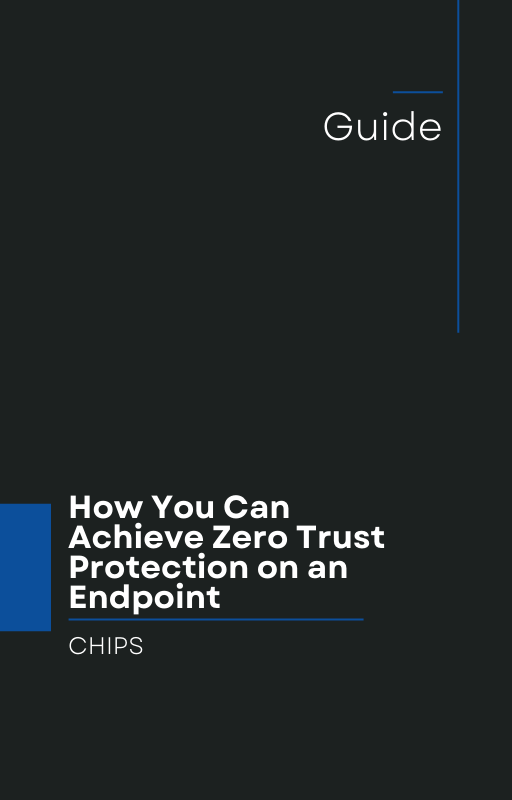A recent breach targeting VMware’s vCenter Server has once again exposed a painful truth in cybersecurity: legacy defenses built around detection and response are not enough.
As reported by Forbes in this article, attackers exploited a previously unknown vulnerability—purchased for $150,000—to compromise VMware’s core infrastructure tool, impacting enterprise data centers across industries.
This wasn’t a case of poor patch management or outdated software. This was a zero-day exploit, which means even fully up-to-date systems were vulnerable. Detection tools had no signature to look for, and by the time the threat was known, it had already burrowed into critical environments.
It’s a chilling reminder: cybercriminals aren’t waiting for your tools to catch up.
What Happened: A Zero-Day Strikes at the Core
The exploit targeted VMware vCenter Server, the management console used by thousands of businesses to control their virtual environments. According to Forbes, the attack relied on a zero-day vulnerability that enabled unauthenticated remote code execution—giving attackers the ability to take control without ever needing credentials.
Security researchers discovered that the zero-day had been purchased on underground forums for $150,000, emphasizing how valuable—and dangerous—these exploits are.
Even more concerning is that this breach followed VMware's own security updates, showcasing how even the most security-conscious organizations can fall victim to attacks when their defenses rely solely on being able to detect what's already known.
The Real Problem: Relying on “Detect and Respond”
Most businesses still depend on traditional endpoint protection systems that follow the "Detect and Respond" model. These systems monitor activity, scan for known threats, and trigger alerts when something suspicious happens. But here's the problem:
-
Zero-day exploits aren’t detectable.
-
By the time they're discovered, it's too late.
-
Response is reactive, not preventive.
In this VMware case, detection came after exploitation. Attackers had the upper hand because defenders relied on visibility and reaction time instead of prevention.
The Better Way: Isolation and Containment
We need to rethink our strategy. Instead of chasing after threats, we need to prevent them from ever executing—regardless of whether they're known or unknown.
That’s where AppGuard comes in.
AppGuard is a proven endpoint protection solution with a 10-year track record of success, now available for commercial use. Unlike traditional tools, AppGuard doesn’t wait for malware to be recognized. It blocks malicious processes before they can launch—even if the code is completely new or undetectable.
Here’s how AppGuard’s Isolation and Containment approach makes the difference:
-
No signatures needed: AppGuard stops attacks without relying on prior knowledge.
-
Prevention at the process level: It prevents apps from performing unauthorized actions—even if they’ve been compromised.
-
Built-in resilience: Even zero-day exploits like the one used against VMware would be rendered inert if the malicious payload can’t execute.
It’s like having a vault that seals itself shut before a thief even tries to open the door.
A Call to Action for Business Leaders
The VMware breach is more than a headline—it’s a warning to every business still relying on outdated cyber defense models. The cost of inaction is rising, and cybercriminals are investing heavily in ways to bypass traditional defenses.
It’s time to evolve.
At CHIPS, we help businesses protect their critical systems by adopting AppGuard and moving from "Detect and Respond" to "Isolation and Containment." Don’t wait for a zero-day to cost you your data, your operations, or your reputation.
Talk with us today about how AppGuard can stop the next exploit—before it starts.
Learn how AppGuard can lock down your endpoints before attackers get in.
📩 Contact CHIPS to schedule a demo or security assessment today
Like this article? Please share it with others!

July 9, 2025

Comments